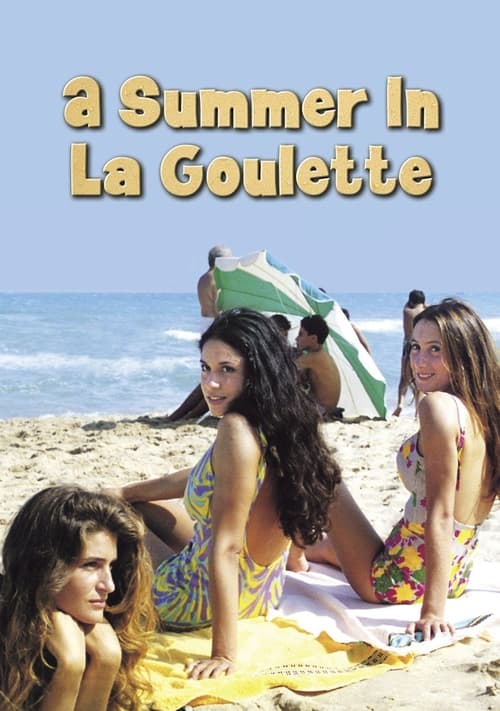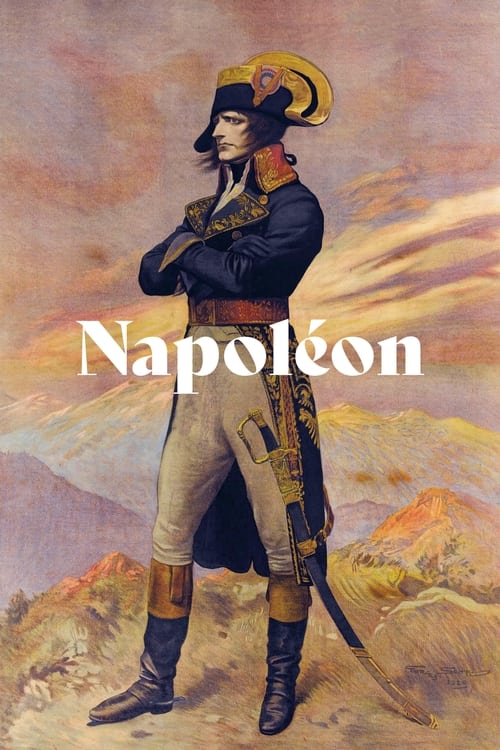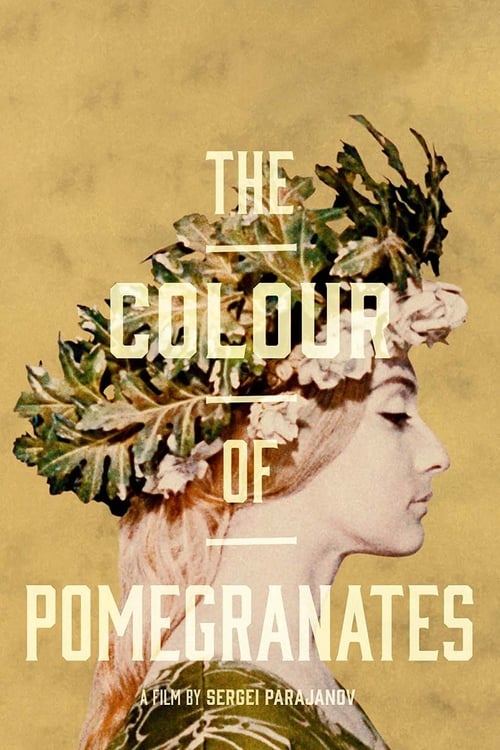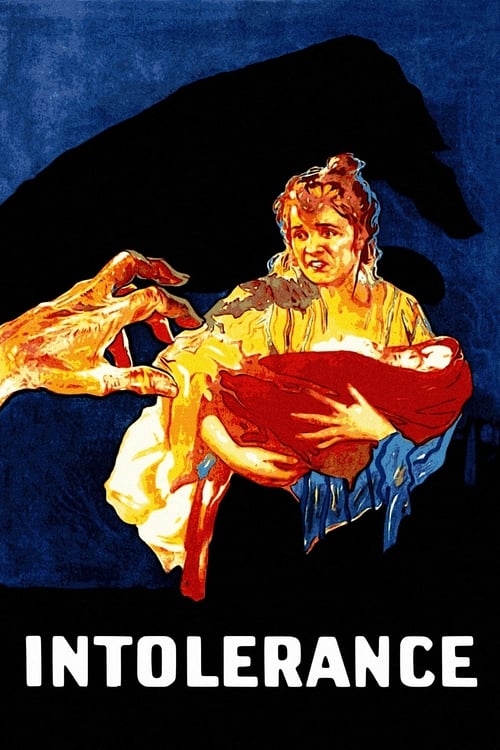
Intolerance: Love's Struggle Throughout the Ages
Thông tin nội dung đang được cập nhật.

Intolerance: Love's Struggle Throughout the Ages
Thông tin nội dung đang được cập nhật.
Thông tin nhanh
- Thể loạiPhim Chính Kịch / Phim Lịch Sử
- Ngày phát hành (VN)04/09/1916
- Thời lượng197 phút
- Chứng nhậnChưa phân loại
Thông tin nhanh
- Thể loạiPhim Chính Kịch / Phim Lịch Sử
- Ngày phát hành (VN)04/09/1916
- Thời lượng197 phút
- Chứng nhậnChưa phân loại
Điểm nhấn nội dung
- Điểm TMDB: 7.1/10 từ 359 lượt bình chọn.
- Thể loại nổi bật: Phim Chính Kịch, Phim Lịch Sử.
- Thời lượng dự kiến: 197 phút.
- Xếp hạng phát hành: NR.
Diễn viên chính

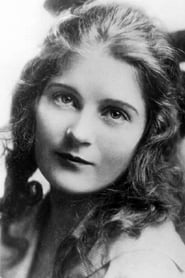

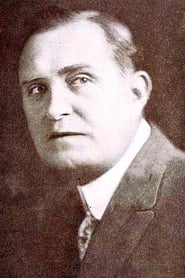
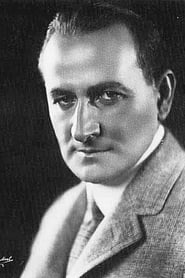
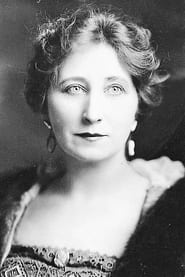


Video chính thức
Từ kênh YouTubeReview từ cộng đồng
Chưa có review nào cho phim này.
Gợi ý cho bạn
Những phim liên quan mà cộng đồng đang quan tâm.A Summer in La Goulette
Summer, 1967. La Goulette, the touristic beach of Tunisi, is the site where three nice seventeen-year-old girls live: Gigi, sicilian and catholic; Meriem, Tunisian and Arab; Tina, French and Jewish. They would like to have their first sexual experience during that summer, challenging their families. Their fathers, Youssef, Jojo and Giuseppe, are old friends and their friendship will be in crisis because of the girls, while Hadj, an old rich Arab, would like to marry Meriem.
True Stories
A small but growing Texas town, filled with strange and musical characters, celebrates its sesquicentennial and converge on a local parade and talent show.
Napoleon
A biopic of Napoleon Bonaparte, tracing the Corsican's career from his schooldays (where a snowball fight is staged like a military campaign) to his flight from Corsica, through the French Revolution (where a real storm is intercut with a political storm) and the Terror, culminating in his triumphant invasion of Italy in 1797.
The Color of Pomegranates
The life of the revered 18th-century Armenian poet and musician Sayat-Nova. Portraying events in the life of the artist from childhood up to his death, the movie addresses in particular his relationships with women, including his muse. The production tells Sayat-Nova's dramatic story by using both his poems and largely still camerawork, creating a work hailed as revolutionary by Mikhail Vartanov.


